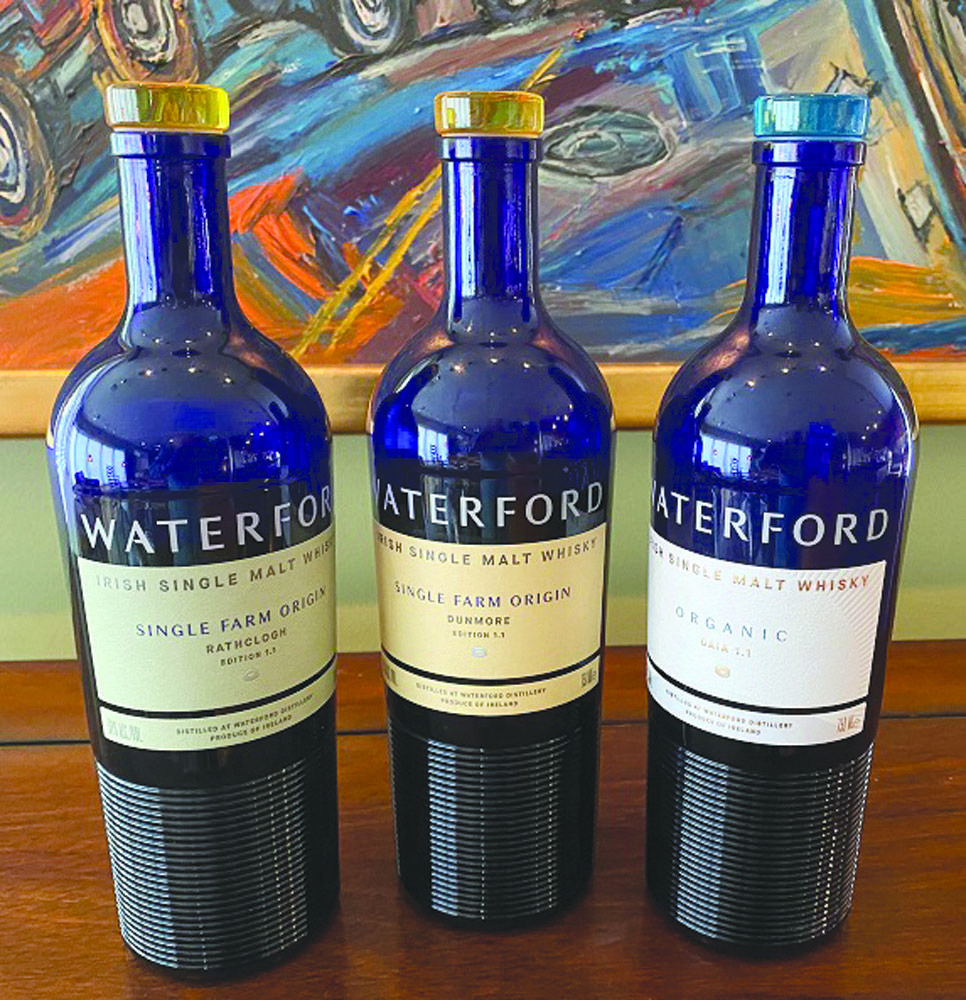Debate has long raged in the whiskey community about just how important is the source material.
Of course, the region or even vineyard of origin or even a particular part of a particular vineyard is an integral to what makes a wine specific and great.
But as whiskey is a much more manufactured product, the focus of whiskey analysis is the character imparted by the distillation process and the still itself.
We also know that the aging of a whiskey, choice of cask, wood type, shape of barrel, place in the rickhouse, proximity to the ocean, humidity and temperature are all always considered.
While the quality and nature (corn, wheat, barley, etc) is considered, very little attention is paid to the origin of that source material. It's most often purchased as a commodity.
The thinking has always been that whiskey goes through so much in the making of it, that the farm or field the grains came from would find little expression in the finished bottle.
Mark Reynier begs to disagree. And he's proved his point at Waterford. There is so much to write about this distillery that it would go on for pages. The Single Farm Origin project takes the finest malted barley from individual farmers and bottles those expressions exactly the same way at 50 per cent alcohol.
The results speak for themselves. The Gaiai Farm (Organic) may be the finest Irish whiskey to hit the bars in twenty years.
The Dunmore Farm is redolent of honey, heather and hay with an aroma that fills the room on opening the bottle and a deep and lingering penetrating finish.
The Rathglogh Farm is an entirely different animal. It's intensely herbaceous with notes of dill and caraway. It can come across a bit manly at first, but the complexity plays out charmingly as you drink the rest of the glass (and you most certainly will drink the rest of the glass).
These are all very specific whiskeys and the distillery is very transparent. They are all basically "session whiskeys," meaning they are a single batch and no other batch will ever be like this particular one ever again.
To make this clear, the distillery puts an edition number on each bottle. These are all Edition 1.1, which means this is the first "vintage" of this particular distilling season. If they didn't bottle it all and some is still sitting in cask, when that is bottled, it will become Edition 1.2. If they make whiskey from that farm's next harvest of grain that will become Edition 2.1.
That also makes these extremely collectible. Buy one to drink and one to save (of each kind). The blue bottles themselves are stunning with beautiful glass stoppers. I can't recommend them enough. You can see more at Waterford Whiskey online.
Readers in the US who wish to buy Waterford Whiskey from Francis Schott can contact him online at Stage Left Steak or by email.





